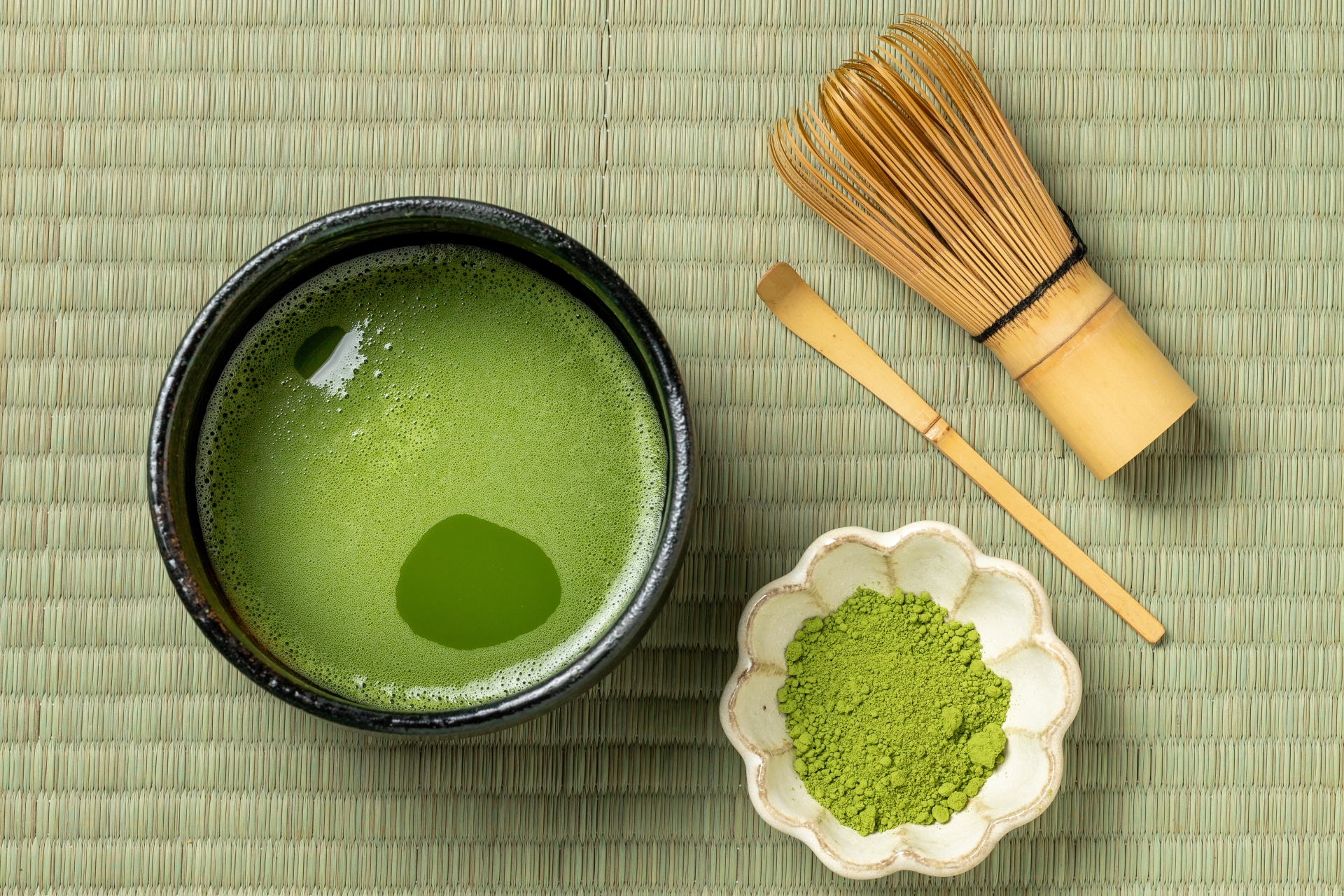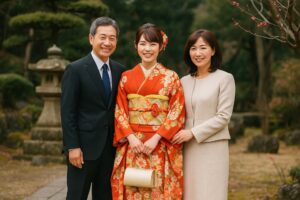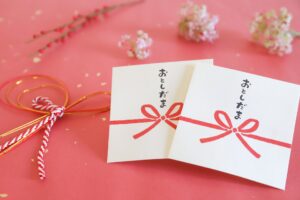The Japanese tea ceremony, also known as “Chado” or “The Way of Tea,” is a profound cultural experience steeped in history, aesthetics, and Zen philosophy. Rooted in Japanese traditions, it embodies mindfulness and respect in each carefully executed step, from tea preparation to appreciating utensils and the setting. This article explores the historical evolution, significance, and symbolism of the tea ceremony and examines its modern relevance both in Japan and globally.
Understanding the Japanese Tea Ceremony
The Japanese tea ceremony, or “Chado,” meaning “The Way of Tea,” is more than a simple tea preparation—it’s an art that reflects Japanese values like mindfulness, respect, and harmony. Practitioners follow a series of meticulously crafted steps and movements, each embodying reverence for the space, the tea, and the guests. This tradition, cultivated over centuries, is intertwined with Zen principles and serves as a form of spiritual practice, emphasizing simplicity and the appreciation of the present moment.
Historical Background and Evolution
Explore the rich history and evolution of Japan’s tea ceremony over centuries.
Origins of the Japanese Tea Ceremony
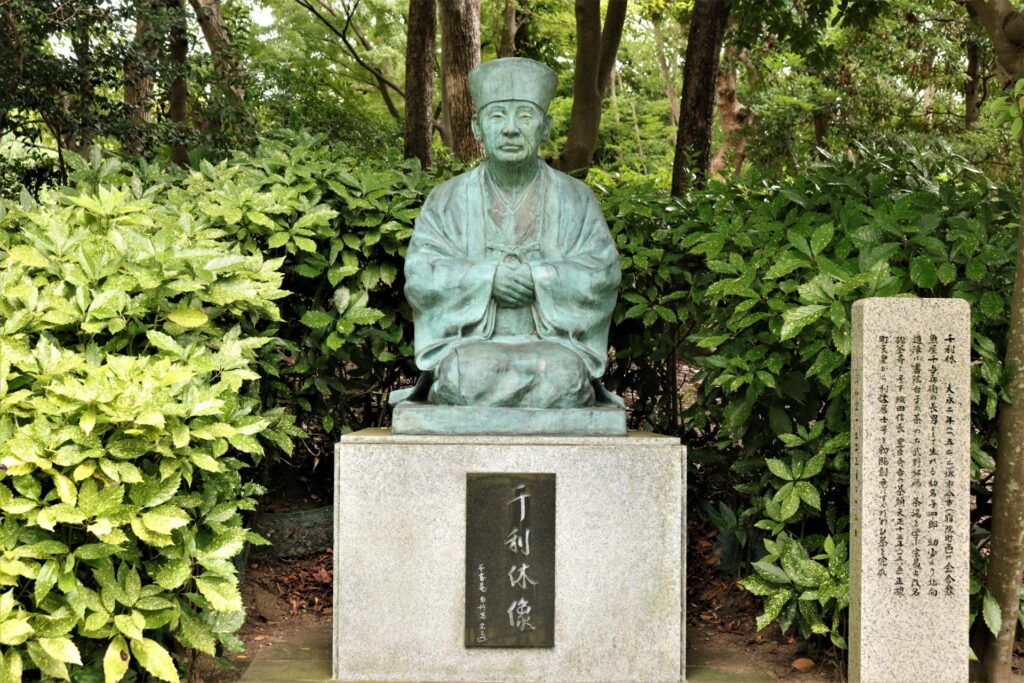
The Japanese tea ceremony traces its roots to China, where tea drinking was already popularized. Introduced to Japan by Buddhist monks, it eventually evolved into a ritual deeply influenced by Zen Buddhism. Historical figures like Sen no Rikyu further shaped its practice, infusing the ceremony with aesthetic and philosophical ideals that remain fundamental today. Rikyu emphasized concepts of wabi-sabi, valuing simplicity and natural beauty, which became integral to the ceremony.
The Influence of Zen Buddhism
Zen Buddhism’s focus on mindfulness, simplicity, and inner peace resonates deeply within the tea ceremony. Each action, from whisking the tea to serving guests, embodies these Zen principles, aiming to cultivate tranquility and presence. This influence has led the tea ceremony to be regarded as a form of moving meditation, emphasizing the moment rather than the outcome.
Rituals and Steps of a Traditional Tea Ceremony
Learn the essential rituals and detailed steps involved in a Japanese tea ceremony.
Step-by-Step Overview of the Ceremony
The tea ceremony is a detailed process involving multiple stages: preparing utensils, purifying each item, making the tea, and serving it to guests with carefully choreographed gestures. Each step is deliberate, intended to create a serene atmosphere and emphasize gratitude for the tea and companionship. Guests also follow specific etiquettes, like bowing before drinking, to honor the host’s efforts.
Symbolism of the Utensils Used
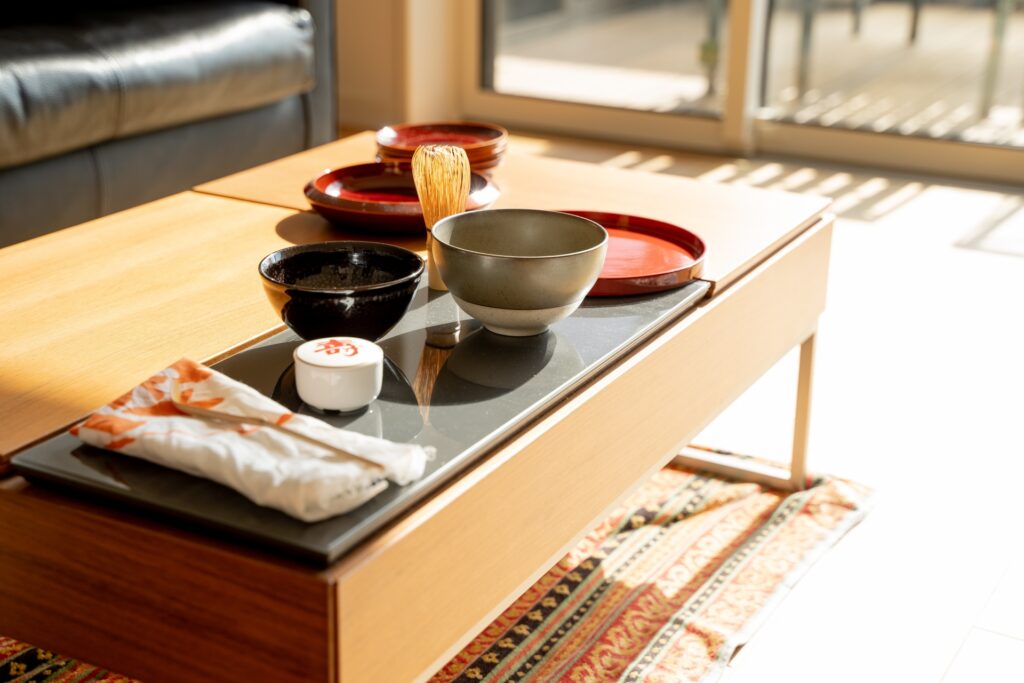
Key utensils such as the chawan (tea bowl), chasen (bamboo whisk), and chashaku (tea scoop) hold symbolic meanings. For instance, the chawan’s design reflects the aesthetic appreciation of natural imperfections, aligning with the wabi-sabi philosophy. Each utensil represents respect for tradition and the interconnectedness of nature and humanity, enhancing the spiritual depth of the ceremony.
Types and Styles of Japanese Tea Ceremonies
Discover the different styles and types of tea ceremonies practiced in Japan.
Major Tea Ceremony Styles (Urasenke, Omotesenke)
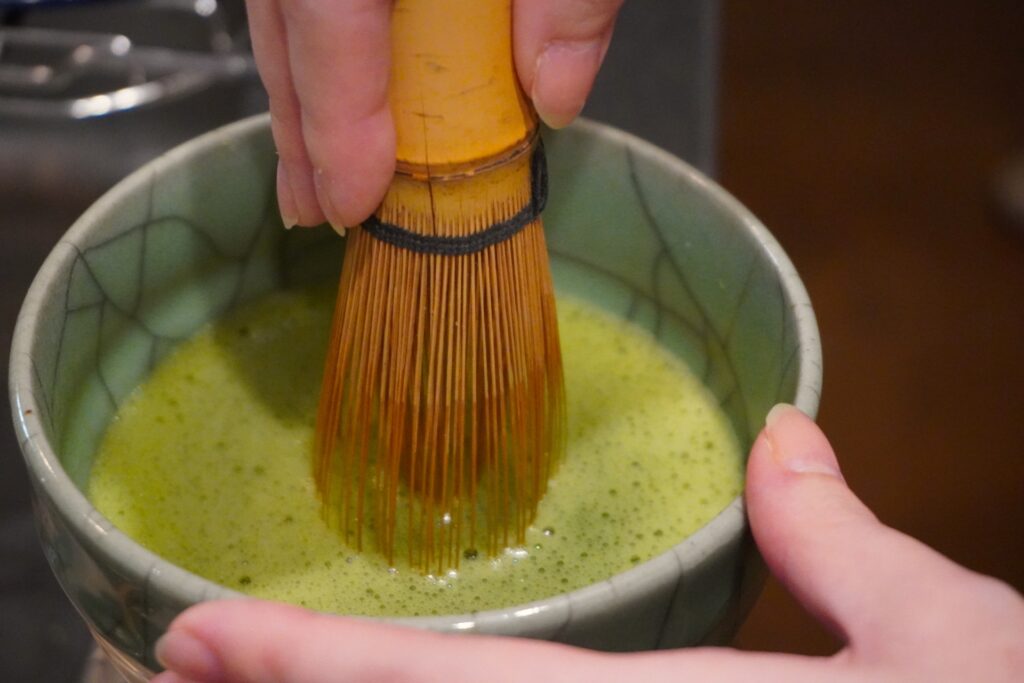
Two primary schools, Urasenke and Omotesenke, each contribute unique philosophies and techniques. Urasenke, known for its accessible approach, emphasizes tea’s cultural bridge to the modern world, while Omotesenke focuses on preserving ancient techniques and simplicity. Both styles, however, share a common commitment to the ceremony’s spiritual core.
Different Types of Tea Ceremonies (Chaji, Chakai)
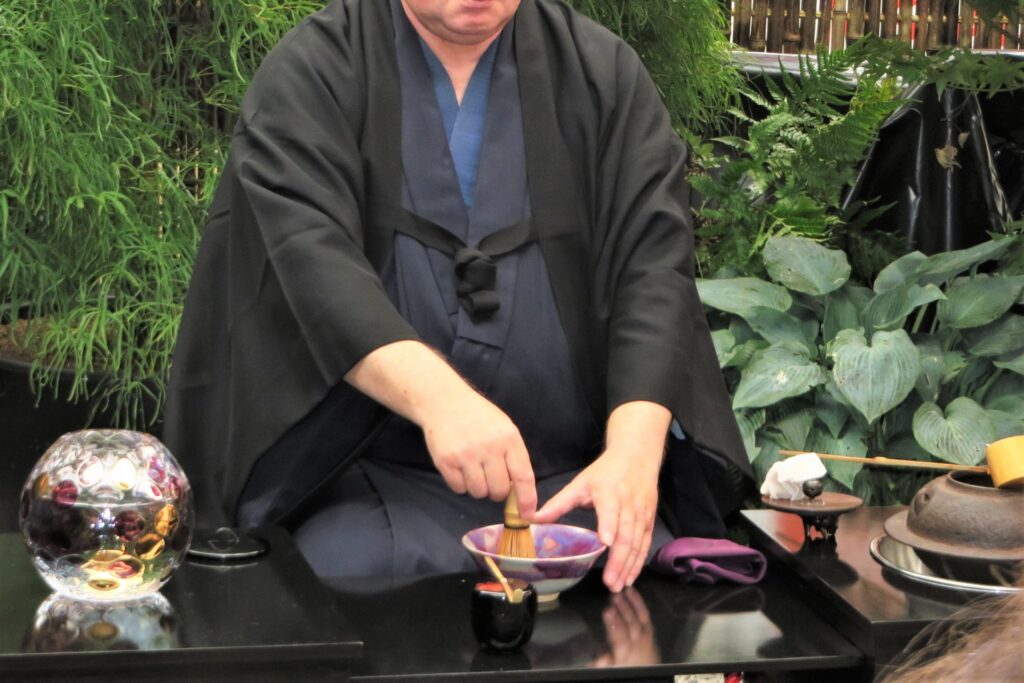
Tea ceremonies vary in formality, with Chaji being a full, multi-course ceremony often reserved for significant gatherings and seasonal celebrations, while Chakai is a simpler, informal gathering. Both types celebrate the art of tea and allow participants to experience the depth of Japanese hospitality and mindfulness.
Etiquette and Symbolism in the Tea Ceremony
Uncover the essential etiquette and aesthetic principles guiding the tea ceremony.
Core Etiquette and Gestures
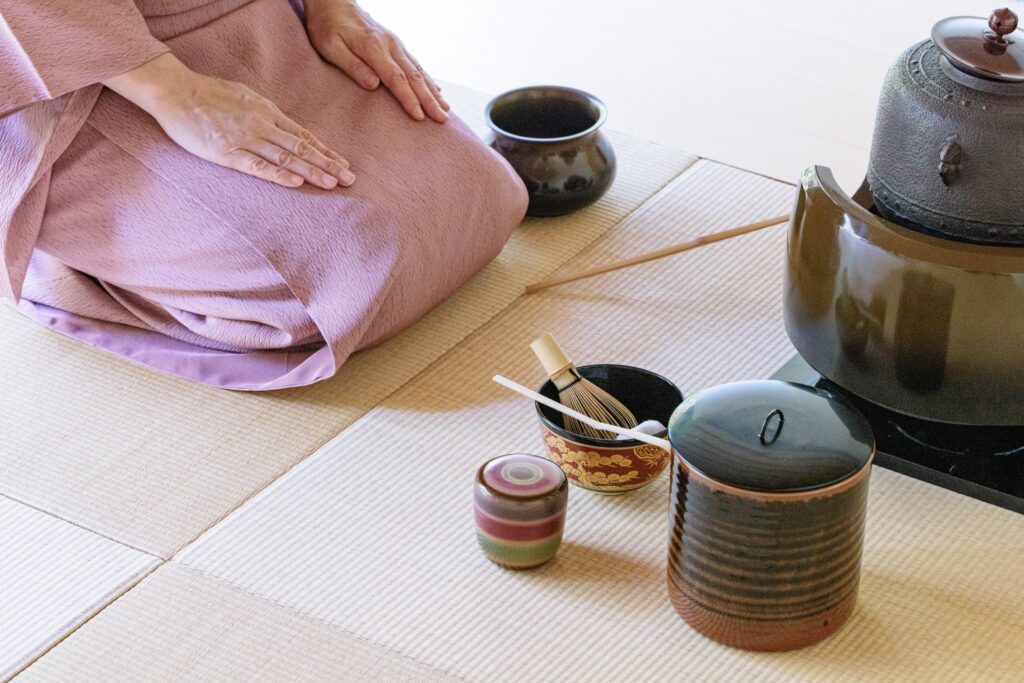
Respect and mindfulness define every gesture in the tea ceremony. Bowing, handling utensils delicately, and precise seating arrangements signify respect for the host, guests, and tea. These actions convey gratitude and reverence, reflecting values that have been upheld for generations.
Aesthetic Concepts: Wabi-Sabi and Harmony
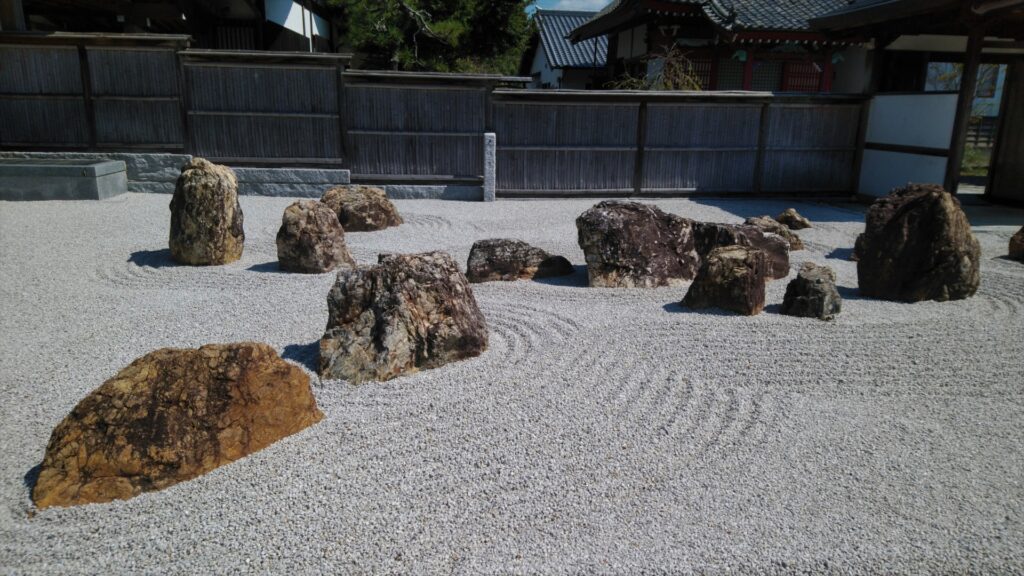
Wabi-sabi, the appreciation for imperfection, and harmony are two central aesthetic philosophies in the tea ceremony. Each element, from the room’s design to the tea utensils, embodies this mindful simplicity, fostering an atmosphere where natural beauty and inner peace are celebrated.
Modern Influence and Applications of the Tea Ceremony
Explore how the tea ceremony has adapted to modern practices and events worldwide.
Tea Ceremony and Mindfulness Practices
Today, the tea ceremony’s deliberate pace and focus on the present moment have positioned it as a mindfulness practice beyond Japan. Many find that its ritualistic steps offer a path to relaxation and inner peace, aligning with modern wellness trends that value slowing down and intentional rituals.
Integration in Contemporary Cultural Events
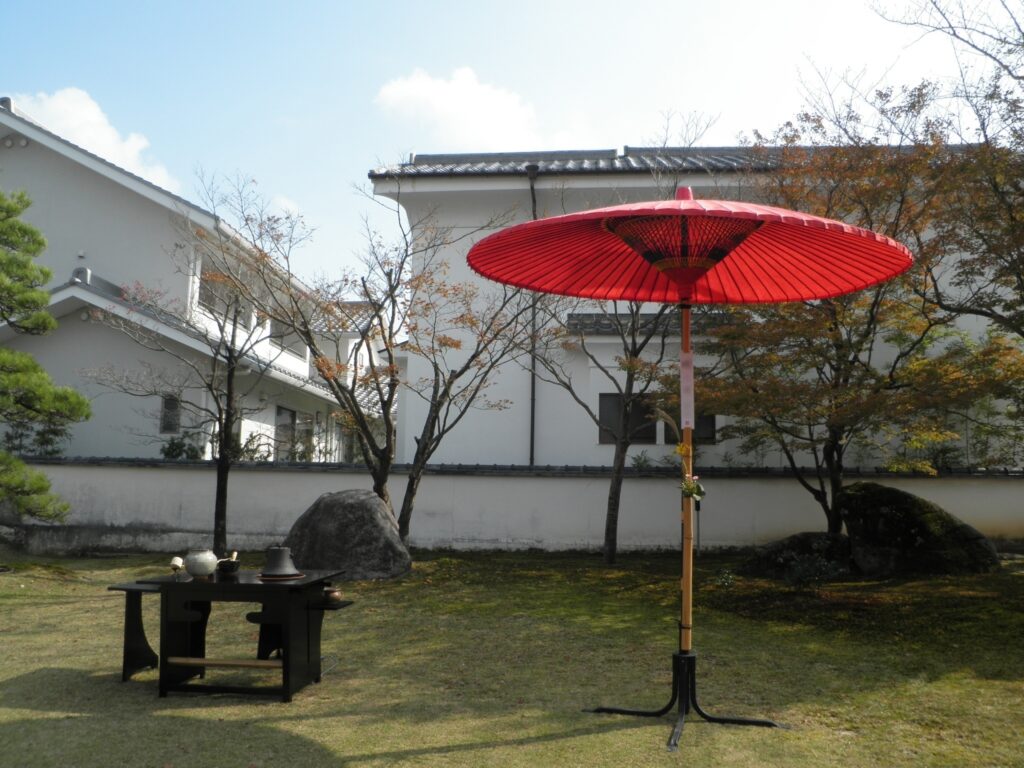
The tea ceremony has found a place in various global settings, from cultural festivals to diplomatic events, where it serves as a cultural bridge. Its universal themes of respect, simplicity, and mindfulness allow it to transcend borders, fostering cross-cultural appreciation and understanding.
Experiencing the Japanese Tea Ceremony as a Visitor
Guidance for travelers seeking authentic Japanese tea ceremony experiences.
Where to Experience a Tea Ceremony in Japan
Visitors to Japan can find authentic tea ceremony experiences at cultural centers, temples, and specialized tea houses. These venues offer a chance to participate and observe the ritual in traditional settings. Respecting the setting, dressing modestly, and following the host’s guidance enhances the experience and honors Japanese cultural norms.
Tips for Foreign Participants

For foreign participants, understanding basic etiquette—like how to sit, when to bow, and the significance of silence—can enrich the experience. The ceremony requires attentiveness and respect for traditions, allowing visitors to engage with Japan’s cultural heritage meaningfully.

